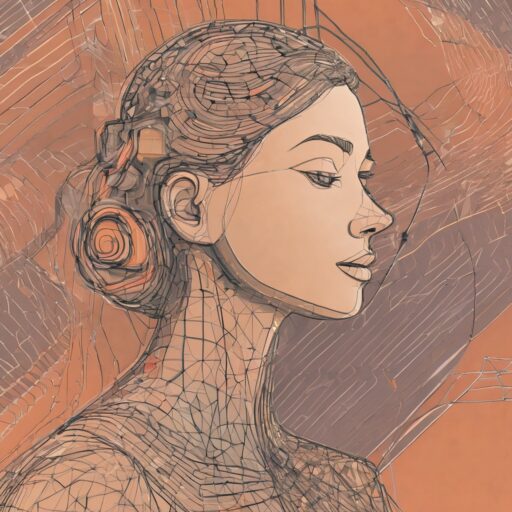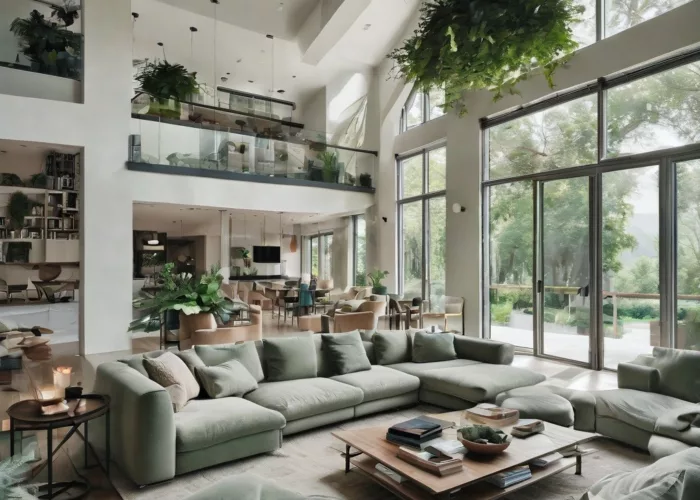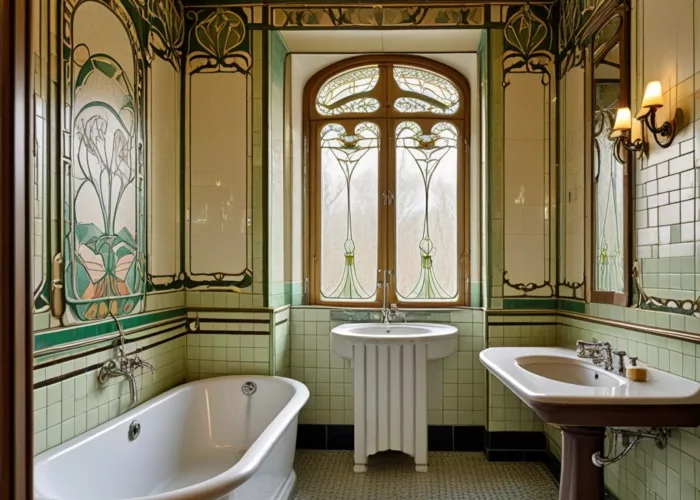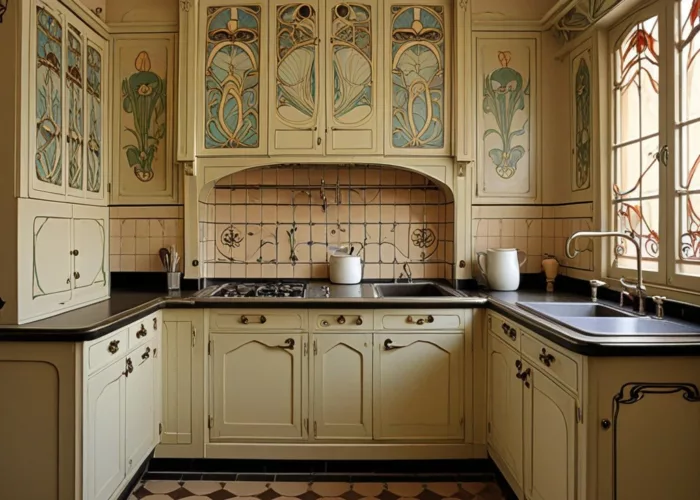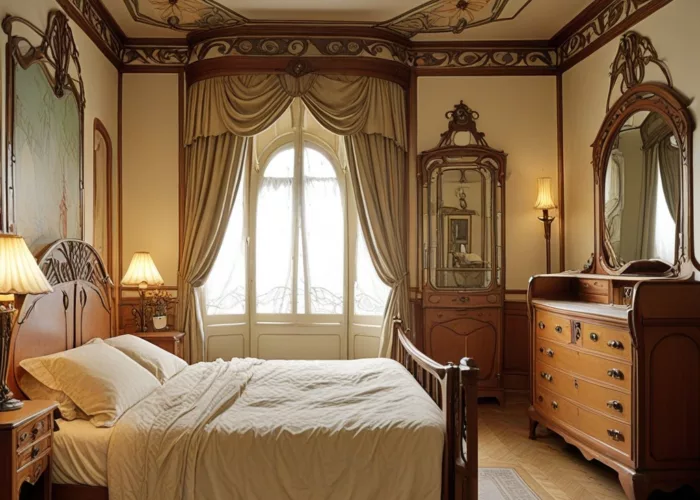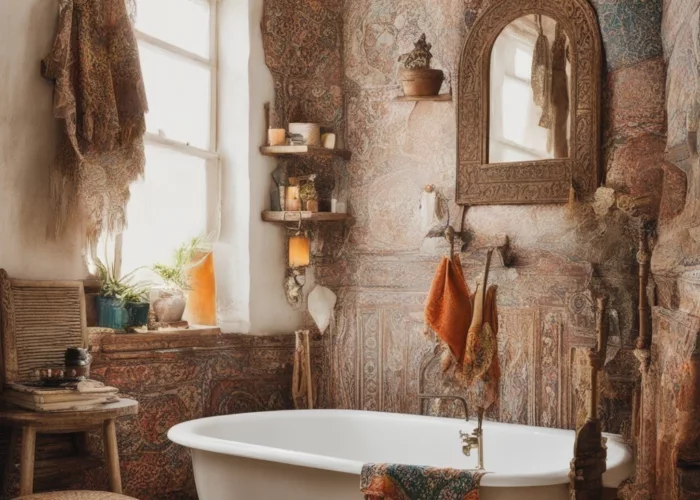AI Art Generator
Discover our generative AI app that creates stunning works of art from simple text prompts. Our technology transforms your ideas into unique visuals, just the way you want them. Whether it’s for creative projects, design ideas, or artistic experiments, you can create detailed and inspiring images in just a few words. Streamline your creative workflow and turn your visions into reality. Our app is user-friendly, efficient and offers endless possibilities for creative development.
Generative AI in art represents a groundbreaking intersection of technology and creativity. By using algorithms and machine learning models, artists can collaborate with AI to produce unique works that would be difficult to create by human effort alone. This technology enables the generation of new images, music, or even text based on existing datasets, offering endless possibilities for innovation. Artists can manipulate AI-generated outputs, blending machine intelligence with human intuition, to explore new forms of expression and push the boundaries of traditional art. Generative AI is not just a tool but a new creative partner, reshaping the future of art.
